If you’re looking forward to a more sustainable lifestyle and want to start growing your own food in the garden, you’ve come to the right place. Growing your own veggies is not only a fun and fulfilling hobby but also a fantastic skill to learn self-sufficiency and sustainability in your lifestyle.
Today, we’ll look at some of the most interesting and creative ideas you can implement to bring your veggie garden to new heights this summer.
Let’s get started.
- 1. Creative Raised Bed Gardening Designs
- 2. Systems for More Efficient Water Use
- 3. Native Plant Varieties and Heritage Seeds
- 4. Vertical Gardening with Vining Vegetables
- 5. Permaculture Design for a Sustainable Garden
- 6. Companion Planting for Pest Control
- 7. Edible Landscaping and Food Forests
- 8. Container Gardening with Unusual Vegetables
- Final Thoughts!
1. Creative Raised Bed Gardening Designs
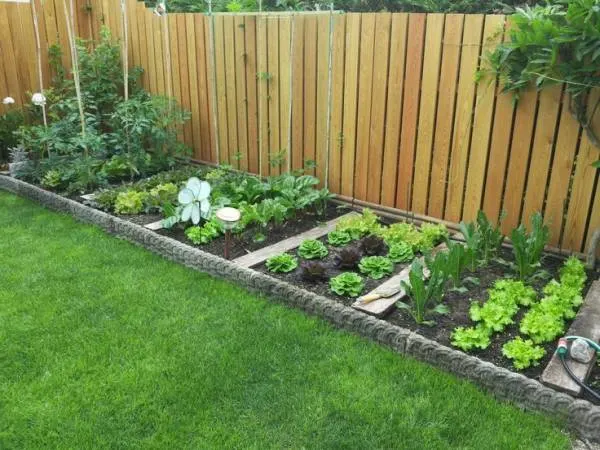
Raised bed gardening has become a firm favorite amongst gardeners for many reasons. From better soil drainage to improved accessibility, this technique has countless benefits for both you and your plants.
Investing in a raised garden bed with fence structures surrounding it will allow you to get creative with layouts and designs. Play around with different shapes and heights, and even think about incorporating decorative features like archways and trellises.
Circular, hexagonal, and tiered raised beds can add unmatched intrigue to your garden.
2. Systems for More Efficient Water Use
Hydroponics and aquaponics are an excellent and creative way for eco-conscious gardeners to ensure they’re optimizing their water efficiency and nutrient cycling efforts.
Hydroponics involves growing your plants in nutrient-rich water solutions. It promotes rapid growth and conserves water use.
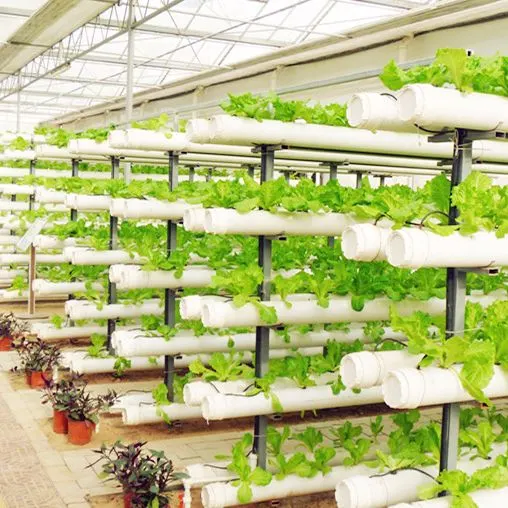
Aquaponics, on the other hand, combines the practice of hydroponics with aquaculture, which is essentially another word for fish farming.
That allows you to use fish waste as a fertilizer for your plants and create a closed-loop ecosystem.
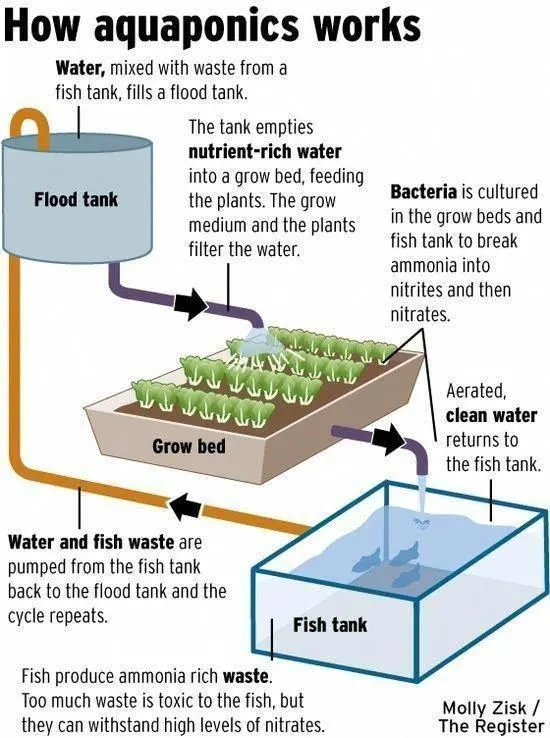
Using these techniques will help you produce year-round veggies and other plants without the need for your standard soil beds and fertilizer while also helping you save water.
Plus, there are countless other ways you can adapt and optimise these systems to suit your layout and plants of choice.
3. Native Plant Varieties and Heritage Seeds
Exploring the use of native plant varieties and heritage seeds in your veggie garden is a creative and meaningful way to celebrate and connect with local ecosystems and cultural heritage.
Indigenous or native plants are adapted to your local climate and will, therefore, be much easier to care for and maintain.
They use less water and require less intervention from your side.
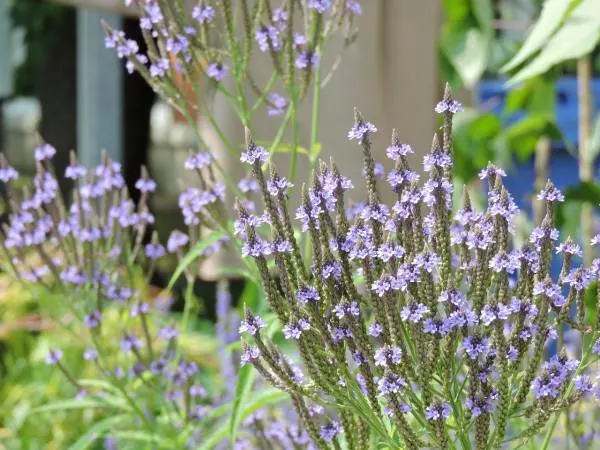
Heritage seeds, sometimes referred to as heirloom seeds, are open-pollinated plant varieties that have distinctive flavors, colors, and historical significance, as they’ve been passed down from generation to generation.
Some examples include Cherokee purple tomatoes, Navajo gray squash, and Hopi blue corn.
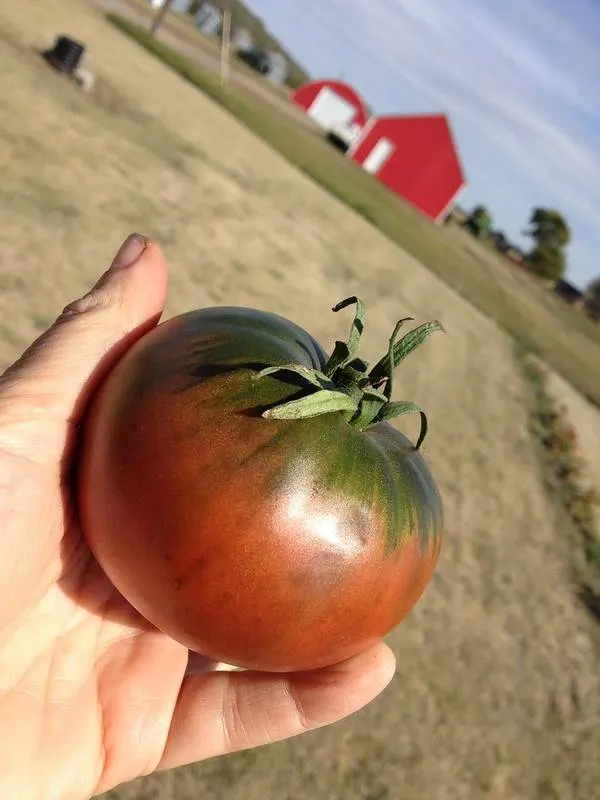
4. Vertical Gardening with Vining Vegetables
A great way to maximize space availability and create a stunning garden design is to opt for vertical gardening techniques.
Tomatoes, cucumbers, and beans are great examples of veggies you can grow on vertical structures like trellises, arbors, and even in hanging baskets – cute!
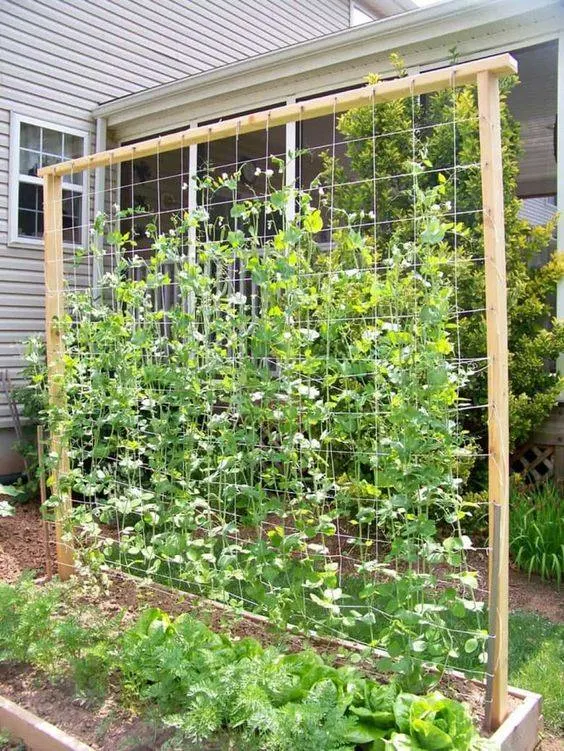
This not only saves space in your garden but also helps make sure your plants are getting great sunlight exposure and better airflow for healthier growth.
5. Permaculture Design for a Sustainable Garden
The concept of permaculture refers to a holistic method of farming and gardening that places a very strong emphasis on self-sufficiency, biodiversity, and sustainability. With a permaculture design in your garden, you’ll be able to create more resilient ecosystems and better emulate natural patterns and cycles.
Some of the key factors of permaculture include composting, sustainable water collection techniques, polyculture planting (which involves mixing your crops), and creating the ideal environment to invite plant-benefitting insects and wildlife.
Visit The Permaculture Research Institute to learn more.
6. Companion Planting for Pest Control
The concept of companion planting is a time-tested gardening method that involves grouping compatible crops together. These pairings can help promote growth, repel pests naturally, and improve the overall health of your garden.
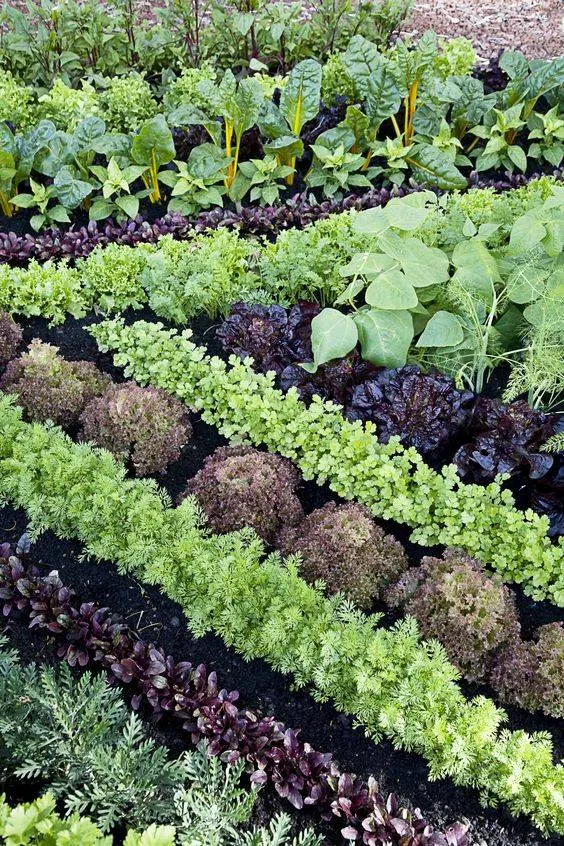
Reducing or eliminating the need to use chemical pesticides is one of the most unique and beneficial features of companion planting. For example, aromatic herbs like basil and rosemary can ward off pests like aphids and mosquitoes, while marigolds are known to repel nematodes and other harmful insects.
Research plant combinations that offer mutual benefits and see which you can easily incorporate into your garden!
7. Edible Landscaping and Food Forests
Anyone who is interested in growing their own vegetables to eat (or even sell) will probably be interested in the concept of edible landscaping and food forests. These notions will help you transform your garden into a multifunctional paradise that goes far beyond your typical veggie box.
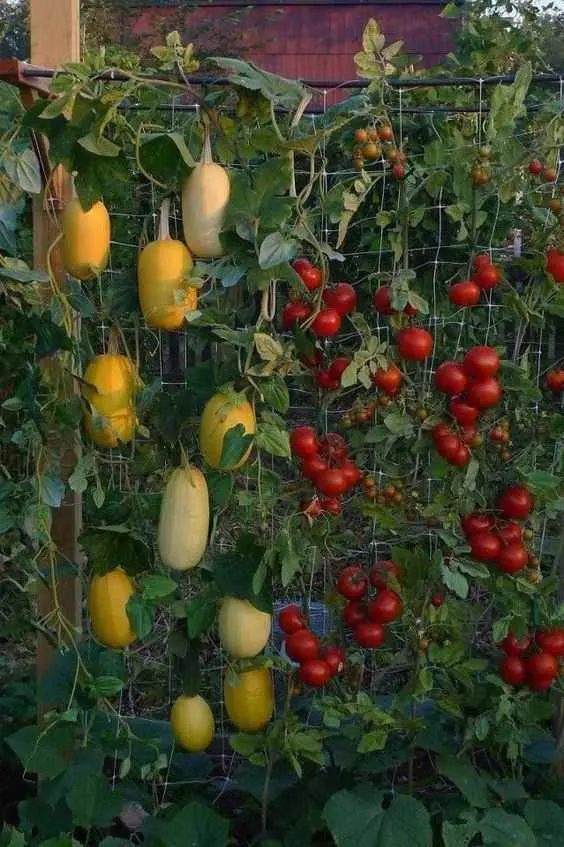
Edible landscaping blurs the boundaries between garden and art by combining beautiful decorative plants with your edible crops, creating a space that is aesthetically pleasing and productive at the same time.
Food forests, on the other hand, are exactly that – they’re modelled on natural forest ecosystems but feature layer upon layer of edible plants and shrubs.
A veritable living pantry!
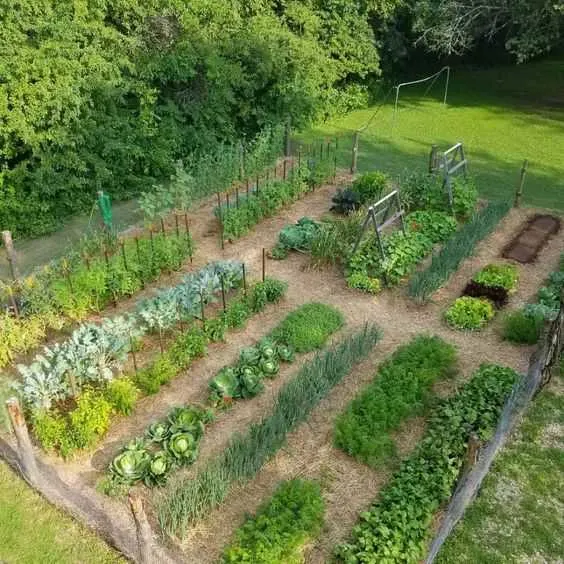
8. Container Gardening with Unusual Vegetables
If you have a smaller space to work with or simply want to garden on a smaller scale, container gardening is a super flexible and adaptable solution. While most people associate containers with your typical herbs and salad greens, you can actually get pretty creative and grow some unique and exotic veg in your containers.
Try growing dwarf varieties of carrots, vibrant bell peppers, and eggplants.
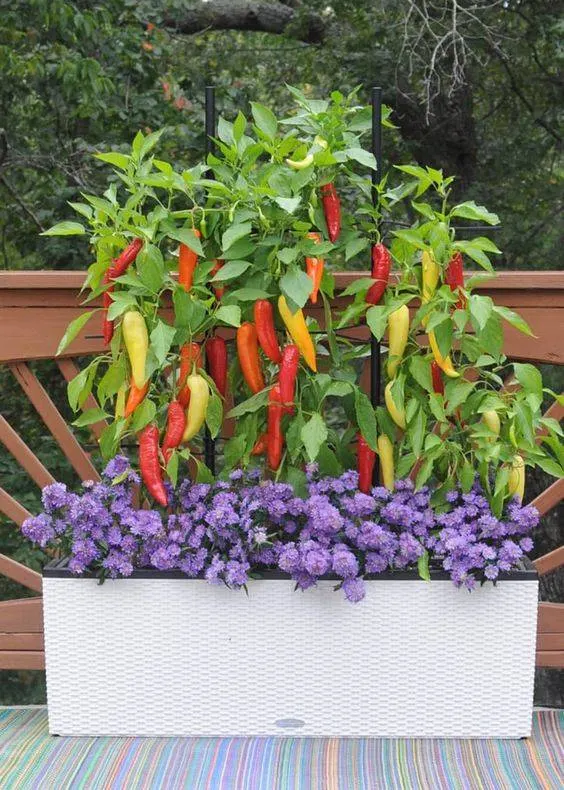
Pop them into pretty decorative pots or hanging baskets for a fun and interesting look.
Make sure you pick the right size containers for your specific crops, prioritize proper drainage, and provide them with optimal nutrition for successful container planting.
Final Thoughts!
Whether you’re an experienced gardener looking for fresh challenges or a novice who’s excited to take on your gardening journey with full commitment, keep in mind that adaptability and experimentation are essential.
Not every technique will work for every gardener or in every garden, so start exploring, keep an open mind, and be willing to try, and try again!
